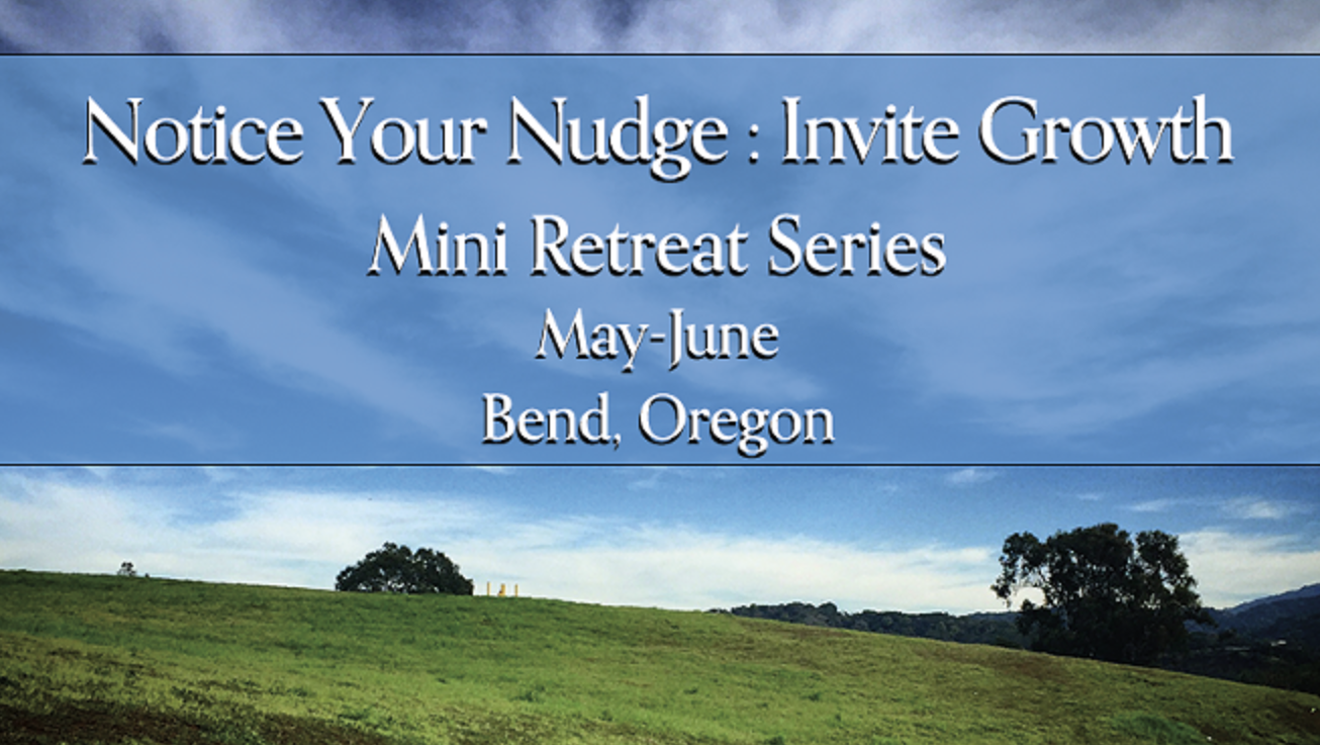OK, time to quit complaining about the smoke, the cost, loss of timber, damages to the watershed and Cascades ecosystem, the lost scenic values and all the other negative things about wildfire.
It's over; it's done. There ain't no goin' back.
As of the end of September, no one seemed to have an idea how the Pole Creek Fire started. However, it is rumored a "warming fire" may be to blame. The first responder apparently found two trees burning. That number jumped to 4, then to 8, etc., etc.
As of Oct. 1, the Pole Creek Fire had burned somewhere around 26,500 acres. That's more real estate then it takes to hold the City of Bend. The cost to tame that stinker ran upward of $9.5 million. Or, looking at it another way, it comes out to about $360 per acre to fight it.
That's a lot of money that will send a bunch of wonderful young firefighters off to college and create new woodpecker and cavity-nesting bird habitat.
Burning up a forest isn't something Man just caught onto to create jobs—Old Dame Nature's been doing it ever since the first tree sprouted from the Earth. Right from that beginning, a very complicated ecosystem began to develop. As a result, one cannot get along without the other. Fire, used correctly, is a necessary tool in healthy forests.
Ponderosa pine and millions of other plants need fire. Ponderosa have lived with fire so long they drop their lower, dry branches as they grow. Their bark actually explodes when heated, throwing fuel away from the trunk.
Fire creates just the right kind of soil for plants to grow— if it's not so hot that it scorches the soil. But, even then, it just takes longer for trees to sprout from fire-triggered seeds and to utilize the new nutrients to grow.
Gigantism is one of the after effects of fire. Fire changes woody debris into nitrogen, phosphates and other nutrients that help plants grow faster and bigger. One plant that reacts to the after effects of fire is, no pun intended, fireweed. It takes up all that nitrogen and other leftover energy from the fire and grows to magnificent heights and beauty.
Quaking aspen really take off after a fire, even if they are burned right to the ground; the root system just can't wait to get growing again. Pestemon, clover, willow, lupine, just about everything that grows in and around a forest that's been burned comes back with tremendous vigor—unfortunately, so does cheat grass!
Oh sure, the food and cover for elk and deer are gone, but the new plants coming up will be more nutritious and make up for the alteration of the big game ecosystem. The biosphere as a whole will get a new start on life, and new plants are full of the energy that a pregnant elk will need for a healthy calf.
But the real winners after a fire are the woodpeckers. They can hardly wait to build a nest and lay eggs. But it takes a huge food source to bring woodpeckers into a fire zone, and it arrives even before the trees cool, in the form of wood-boring beetles.
Black fire beetles of the genus Melanophila possess unusual infrared sensors that signal the females to go into the egg-laying mode. Other beetles sense the smoke, and as soon as they move in that direction, the females produce pheromones (perfume) that inform the males it's their time.
Our long-horned wood boring beetles are among the first insects to head for a burning forest. In some instances they arrive before the fire area has cooled. The long-horned’s cousin, the pine sawyer, will soon be on hand. The beetle comes by its name for the noticeable grinding and crunching sounds the grubs make as they devour the still fresh wood fiber.
As soon as the eggs hatch and the noisy larvae begin chewing on the freshly killed tree, woodpeckers begin arriving. Woodpeckers, as you can guess, are tuned into the noise and chisel their way in with their powerful bill, snatching the grubs out of the tunnels with their long, barbed tongue.
As a new forest and understory comes back to life, the bug population drops, and most of the woodpeckers move on. When that happens their homes will be available for other cavity-nesters. Bats will come as the moth population grows, and they too will use the cavities and loose bark on the huge old snags created by the stinky, eye-burning fire.
In the meantime, if you want to see woodpeckers, grab up your camera, field guide, and notebook, and take a hike into the Pole Creek Fire area next spring. What a show that'll be! Why don't you take your kids with you? Pick out a spot in the forest you would like to watch over the next ten years, or so. Mark the location with small, permanent markers for photo points and record the site with your GPS. If you do it right, your child may be able to ride it all the way to college and beyond. And look at all the fun you'll have.
Photo taken by D. Komning.






















